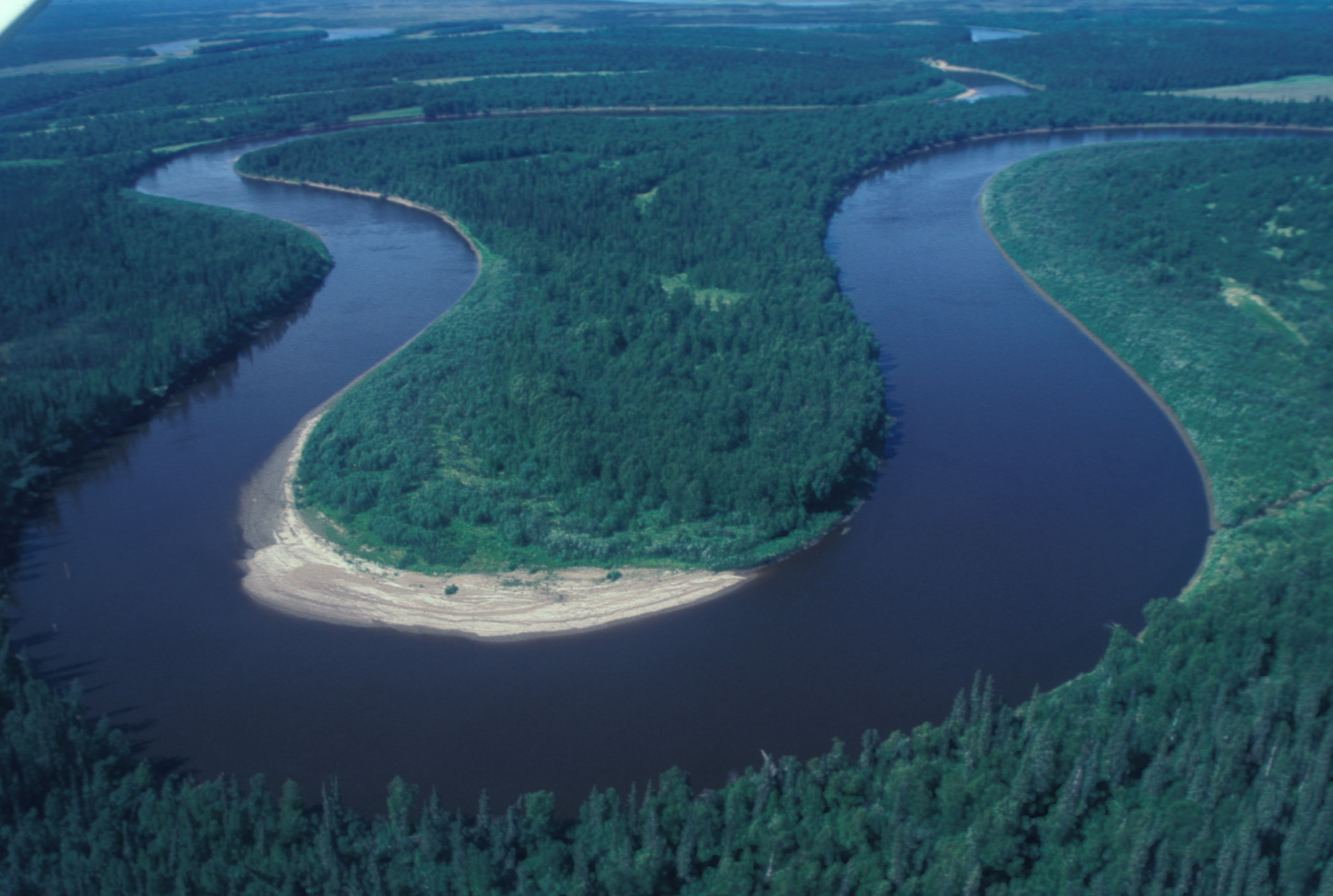

The river’s been cutting, matching an uplift rate of the bedrock-basalt layer after basalt layer exposing themselves on the way up. The land has been lifting against the meander against the river. The river has been down there for millions of years. Entrenched meanders tell that the land is lifting against the river. A subtle curve is becoming a more exaggerated curve. The meanders got established when the area was flat. It undercuts the riverbank and forms a river cliff, whereas the water travels slower on the inside bend, causing deposition to create a slip-off slope. As the water flows through the meander, it travels faster on the outside bend creating erosion through abrasion and hydraulic action.

Meander is a slight bend in the river, and water will continue to flow down the river’s long profile from the upper course to the low cost. The exaggerated curves also mean central Washington used to be flat. Humans can only develop these curves when an area is flat, like back east at the Mississippi.

Eventually, the meander becomes so exaggerated that the curve is abandoned, forming an oxbow lake. As rivers age, they develop more and more exaggerated meanders. Hence, the speed of flowing water between the banks differs. River bends are asymmetric due to obstructions. So what causes a river to bend in the first place? All it takes is a little disturbance and a lot of time, which is plenty in nature. These bending, looping rivers are called meandering rivers. Rivers that gently flow over sloping ground begin to curve back and forth.


 0 kommentar(er)
0 kommentar(er)
